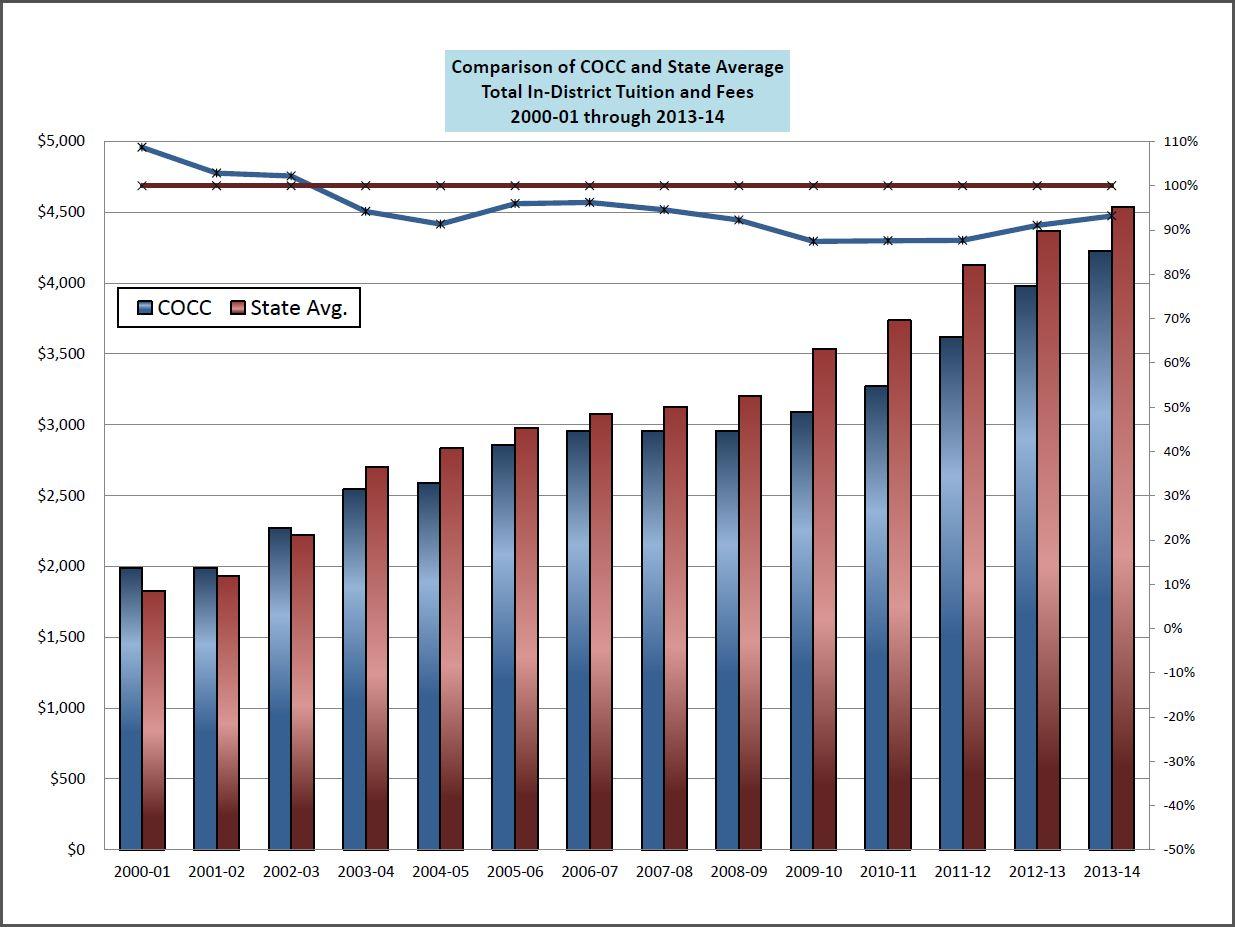Every dollar your student tuition increases, college revenue increases about $200,000. But between salaries, expansion, and technological advances, this money disappears all too quickly, according to Kevin Kimball, chief financial officer at Central Oregon Community College.
That’s why the state of Oregon is giving an estimated $800,000 to COCC to limit tuition increases for 2014-15.

This comes because of House Bill 5101 passing in a Oregon Legislative special session at the beginning of October, according to Dr. Jim Middleton, president of COCC.
“We don’t know the amount yet,” Middleton said. “We know it will result in a reduction in tuition but it is too early to say how much.”
This projected amount is a part of the $15 million allotted to community colleges throughout Oregon due to this bill. This money was specifically designated for maintaining tuition rate levels in the 2014-15 school year.
“Because of this, the money cannot be used to add faculty programs or classroom equipment,” Middleton said.
Before this projection, tuition was set to increase by four dollars per credit hour for the 2014-15 year, according to Kimball.
“We hope this money will prevent the projected tuition increases for the 2014-15 year,” Kimball said.
The COCC board had projected tuition increase for all years in the current five year model, according to Kimball.
“We have a board strongly committed to keeping tuition and fees for students low,” Kimball said. “Something the board looks at is if we increase tuition by one dollar, how do we in turn improve student success?”
This will be one of the few times a bill designated for limiting tuition increases has been given to COCC, according to Kimball.
“The restriction behind this money is that can only be used to limit tuition increases for the 2014-15 academic year,” Kimball said.
Approximately 70 to 80 percent of the COCC budget is used for salaries.
With technological advances in the education field, there is a growing need to supply more technology for student use.
“We recognize that we are more mobile now than ever before,” Kimball said. “It can be a challenge to keep up with the rapidly changing technology and technology costs are huge.”
For COCC and other community colleges to receive this money for the 2015-16 academic year, Kimball said, the amount designated at the legislative session would have to roll up to $30 million.
“We have to wait and see what happens,” he added.
Overall, administration attempts to minimize costs to students while keeping the same level of quality, according to Kimball.
“It is crucial to balance maintaining minimum student tuition and fees and maintaining the quality of education offered here,” Kimball said.
Molly Svendsen
The Broadside













